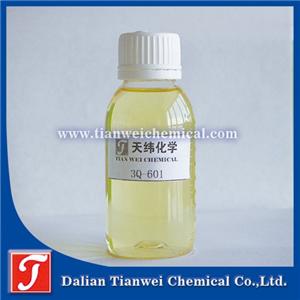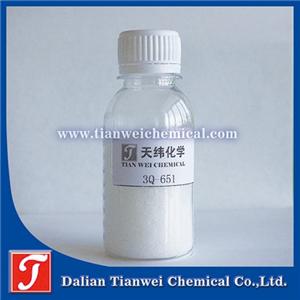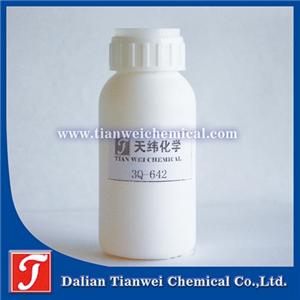Antibacterial and antifungal agent for shoe material fiberboard, long-lasting antibacterial and deodorizing
I. The Core Role of antibacterial and antifungal agents in shoe material fiberboard
Shoe material fiberboard (such as midsoles, linings, insoles, etc.) contains organic matter (proteins, animal fats) and is in a humid environment, which is very likely to breed mold and bacteria, causing the products to become moldy, have an unpleasant smell, and even rot. Antibacterial and antifungal agents achieve the following functions by disrupting the cellular structure or metabolic processes of microorganisms:
Inhibit mold growth: Prevent mold spots and discoloration on the surface of fiberboard, and extend the product's lifespan.
Eliminating odors: Blocking the formation of low-grade fatty acids, amines and other malodorous substances produced by the decomposition of organic matter by microorganisms.
Protect foot health: Reduce the risk of fungal infections such as athlete's foot and tinea pedis, and enhance wearing comfort.
Ii. Key Points for Selection and Use
Environmental compliance
Give priority to products that have passed the EU REACH and ROHS certifications, and avoid fungicides containing arsenic, tin, heavy metals or polychlorinated phenols.
Process compatibility
Spray type: Suitable for surface treatment of fiberboard.
Hybrid type: Suitable for addition during the fiberboard production process.
Cost-effectiveness
Inorganic antibacterial agents (such as silver ions) are relatively expensive but have a long lifespan. Organic antibacterial agents are low in cost, but they need to be replenished regularly.
Operational safety
Wear protective equipment (gloves, goggles) to avoid direct contact with skin or inhalation of the spray.




